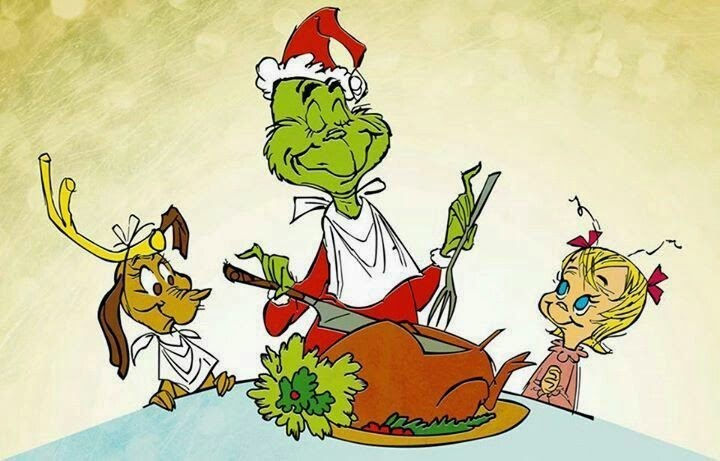THE FIRST THANKSGIVING: Spanish sailors, not English Pilgrims!
- Natalie Taylor
- Nov 28, 2022
- 4 min read
Having just gone through another Thanksgiving celebration with friends, enjoying the typical meal of turkey, different stuffing and side dishes, I wondered about the start of the tradition. We have always been told that the first celebration was by Pilgrims from England, who landed on Plymouth Rock, Massachusetts, and shared a meal with the indigenous people of the area. But with a little research I found out that this whole notion is false….another fairy tale repeated till we believe it’s real. It turns out that the first North American Thanksgiving took place over 1000 miles south of Plymouth, almost one hundred years earlier, and the protagonists were Spanish sailors!

In September of 1565, Pedro Menéndez de Aviles and his armada, landed on the shores of what is now Florida. They vanquished the French who were there, and founded St Augustine, the oldest city in present-day United States. Aviles and his 800 Spanish settlers celebrated a Mass of Thanksgiving for their success, and the founding of the town.

The natives of the area were the Timucua people, and they used a wide variety of implements and ornaments made of bone, shell, stone and wood. When the Spaniards arrived, their population was likely about 200,000, and they worshipped the sun and the moon, but they also had other gods. Like other Native Americans, they were skilled hunters and fishermen. But they also practiced agriculture, cultivating corn, beans and squash. They used spears, clubs, bows and arrows, and blowguns, to kill their game. Some of the game that they used for food included bears, deer, wild turkey, and alligators. The Timacuans were friendly toward the incoming Europeans, as told in a letter written by the Spanish priest who came along. “They went ashore and were well-received by the Indians,” he said, and then were given a large house on the riverbank.
We can only imagine what the feast that followed consisted of. Most likely it was a combination of what the sailors had on board, whatever they could hunt or fish, and perhaps some provisions from the Timacuans themselves. On board of their five ships, the Spaniards had stews made from salted pork and garbanzo beans, seasoned with garlic. They also had olives, hard sea biscuits, and red wine. To supplement these, they may have caught fish and seafood, especially oysters. If the Timacuans were included in the celebration—and it seems quite likely, considering their welcome, then they may have brought out fresh or smoked items from their own food stores. If so, then the meal could have included turkey, venison, gopher tortoise, maize, beans and squash.
It is unlikely that they would have had potatoes—especially not mashed, as is the tradition at most of our Thanksgiving meals. And almost certainly there was no cranberry sauce, because cranberries do not grow that far south. But a turkey—wild turkey—seems a clear possibility, as well as something made of corn and squash. Although, nobody would have made corn bread or pumpkin pie!

What did the Timacuans make of the celebratory Mass and strange liturgical proceedings, officiated by St. Augustine’s first pastor, Father Francisco Lopez de Mendoza Grajales? The only clue we have is from Father Lopez himself who wrote that “the Indians imitated all they saw done.”
This was then a religious celebration and thanksgiving, in the first permanent, European settlement in America. The key word is “permanent,” because although numerous thanksgivings for a safe voyage and landing had been made before—Ponce de Leon in 1513, Hernando Soto in 1529, the Huguenots in 1562, and many others, none of them were able to put down permanent roots. The ceremony of 1565 in St. Augustine took place in what would develop into a permanently occupied European city, North America’s first. It was a religious ceremony accompanied by a communal meal, to which Spaniards and natives alike were invited. The thanksgiving at St. Augustine, celebrated 56 years before the Puritan-Pilgrim thanksgiving at Plymouth Plantation, did not, however, establish the United States national tradition. The reason, as the maxim holds, is that the victors write the histories.
During the 18th and 19th centuries British forces won out over those of Spain and France for control over the continent. It was therefore British observances, like the annual reenactment of the Pilgrims’ harvest festival in 1621 that became a national practice and holiday in the new United States. Over time the prior Spanish experience at St. Augustine, was obliterated. And as the Pilgrims’ legend grew, people in New England came to believe that Plymouth was the first European settlement in the country, and that no other Europeans came before the arrival of the Mayflower.
The historical fact remains that St. Augustine’s thanksgiving not only came earlier; it was the first to take place in a permanent settlement. When informed of this in recent years, the people of Massachusetts was “freaked out,” by the idea that there were Spaniards in Florida before there were Englishmen in Massachusetts. The reporter who brought the information was maligned, and became known as “The Grinch Who Stole Thanksgiving.”





Comments